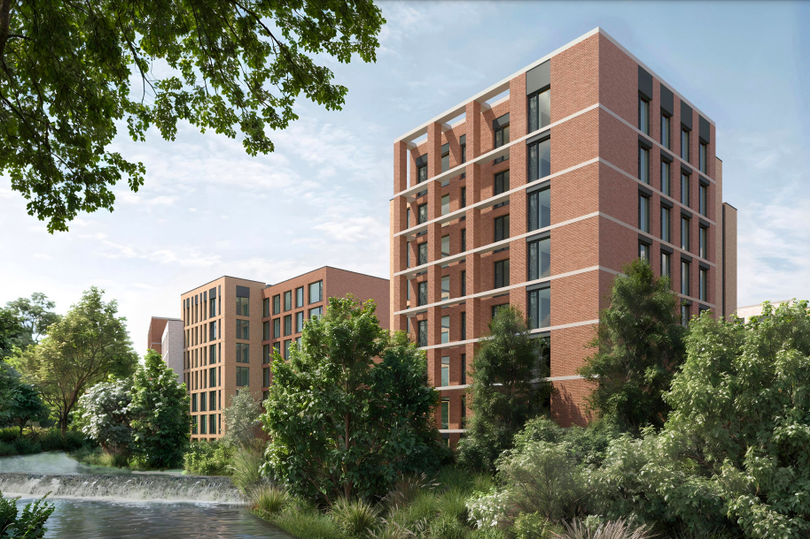New Residential Development Approved for Former Paper Mill Site in Clonskeagh
A recent planning approval has been granted for a major residential development on the site of the former Smurfit Paper Mills Factory and adjacent properties on Clonskeagh Road. This project is set to transform the area into a large-scale housing complex, featuring multiple blocks ranging from two to seven storeys. The development will include 439 purpose-built student accommodations and 16 residential apartments.
The decision was officially approved on July 3, marking a significant milestone for the project. However, this approval has not been without controversy. Local residents have raised serious concerns about the potential impact of the development on their community. One resident living on Clonskeagh Road submitted an objection, highlighting issues that arose during a previous planning application.
The resident expressed worries over damage to a shared drainage system, which has led to severe blockages and poses a public health risk. Additionally, they claimed that excavation work on the site has caused structural settlement and damage to their homes. These concerns have sparked a debate about the safety and long-term effects of the proposed development.
The planning application also includes plans to extend and renovate several existing homes located at numbers 59, 61, 63, 65, 73, 85, 87, 89, 93, 95, 97, 99, 101, and 103 on Clonskeagh Road. These properties are owned by the applicant seeking the planning permission. The renovation efforts aim to modernize these homes while preserving their historical character.
This is not the first time the site has been considered for redevelopment. In 2022, the same applicant had withdrawn a proposal due to the need for flood protection works near Farmer Brown’s pub. These areas were outside the original application boundary, but the new proposal has incorporated changes to address these concerns.
Residents and local authorities are now closely monitoring the progress of the project. The approval marks a step forward for the development, but it also highlights the need for ongoing dialogue between developers and the community. Ensuring that the interests of both the project and the local residents are balanced is essential for a successful outcome.
As the development moves forward, there will be opportunities for further input from the community. Public consultations and meetings may be organized to address any remaining concerns and ensure that the final design meets the needs of all stakeholders.
The transformation of the former paper mill site into a residential area represents a shift in the use of industrial land in Dublin. It reflects broader trends in urban development, where old sites are reimagined for new purposes. This project could serve as a model for future developments, emphasizing sustainability, community engagement, and responsible planning.
In conclusion, the approval of the residential development on Clonskeagh Road signifies a new chapter for the area. While there are challenges ahead, the project has the potential to bring positive change to the neighborhood. Balancing the needs of the community with the goals of the developer will be key to ensuring that the new residential complex enhances the quality of life for all residents.







